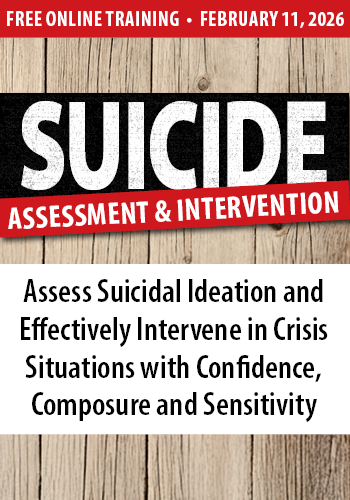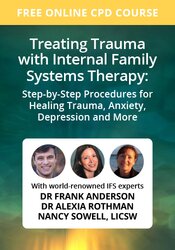Enrol in an online course today for flexible, self-paced learning—no fixed schedule required. Plus, enjoy lifetime access to course materials for convenient revisiting.
What’s in the Mix? Offering Blended or Hybrid Approaches

The pandemic has led to a revolution in our practice. We often experience a reluctance when it comes to innovation. When new ways of working are first proposed, it often takes many years for them to be incorporated into more general practice or accepted by more than a small minority.
Most of us have cherished the neutral, undisturbed physical space that embodies the psychotherapy consulting room and have viewed suggested departures from this context with caution and scepticism. The advent of the internet and digitally-mediated communication led a small number of practitioners to become curious about potential new and innovative ways of meeting clients. Might it be possible to develop therapeutic relationships without meeting in person? Research studies have offered encouraging data supporting the possibility of meaningful and positive therapeutic relationships within such environments for 25 to 30 years, but most practitioners remained committed to meeting physically in a room with their clients.
Until the pandemic…
Covid-19 brought lockdown; we had to turn to distance-based approaches to continue supporting both our existing clients and the growing numbers of individuals seeking support due to the impact of the virus itself. It is without precedent that practitioners should be forced to make overnight changes to their work in this way and many responses were astonishingly courageous and innovative, as online practices were rapidly established, often with little support directly available to those setting them up.
I have been practising online using a variety of formats (text-only, audio-only and audio-visual) since 2008 and was fascinated from the outset by the unexpected potential that I witnessed emerging in many of these online relationships. I explored with clients how they were experiencing things from their own perspective and found out that they, too, were surprised and often uplifted by what they were finding.
Therefore I have not been surprised to see that many practitioners are excited at the possibility of retaining these approaches as we have been emerging from lockdown. It can feel liberating to be able to meet clients in other parts of the country or overseas, at times that might not previously have been feasible. It is convenient and cost-effective to be able to work from home. For some clients, it may be life-changing to overcome aspects of embarrassment, stigma and shame and meet with a therapist, perhaps for the first time, from a ‘safe space’ where they feel they have greater control over whether and how to maintain this connection.
It feels critical now that we hold in mind how important and complex therapeutic relationships can be and what affects how they work. Human beings behave differently in different places; they relate differently online from how they relate in the room. Some key questions we might consider are:
- If we are offering hybrid or blended approaches for practical reasons, how is this impacting on the wellbeing of our clients?
- How do we assess whether a hybrid approach, perhaps combining some in-person meetings with either video-mediated or text-based sessions, might be additionally supportive or potentially confusing and conflicting?
- How can we evaluate the potential pros and cons of making such suggestions to clients?
In the same way that a change of therapist or of physical location might trigger difficulties for certain clients, so might a change of medium. We might consider the client’s capacity for resilience, their attachment history and its influence on other relationships or their experience and interpretation of ‘presence’ and ‘fantasy’ (to name just a few potentially influential factors).
For those who are now offering blended or hybrid approaches as well as those moving to exclusively online practice, it feels more important than ever for us to explore critically what happens in online spaces and relationships and to maintain our relational curiosity as we keep client wellbeing at the heart of decision-making. Never has ongoing training, sharing of ideas and professional development felt more vital as we embrace these exciting, breathtakingly rapid changes in our practice. We need to proceed with courage and curiosity but also caution.
Kate Dunn will be exploring this subject further in a forthcoming article in the peer-reviewed journal Person-Centered and Experiential Psychotherapies (Taylor and Francis, 2022).

















